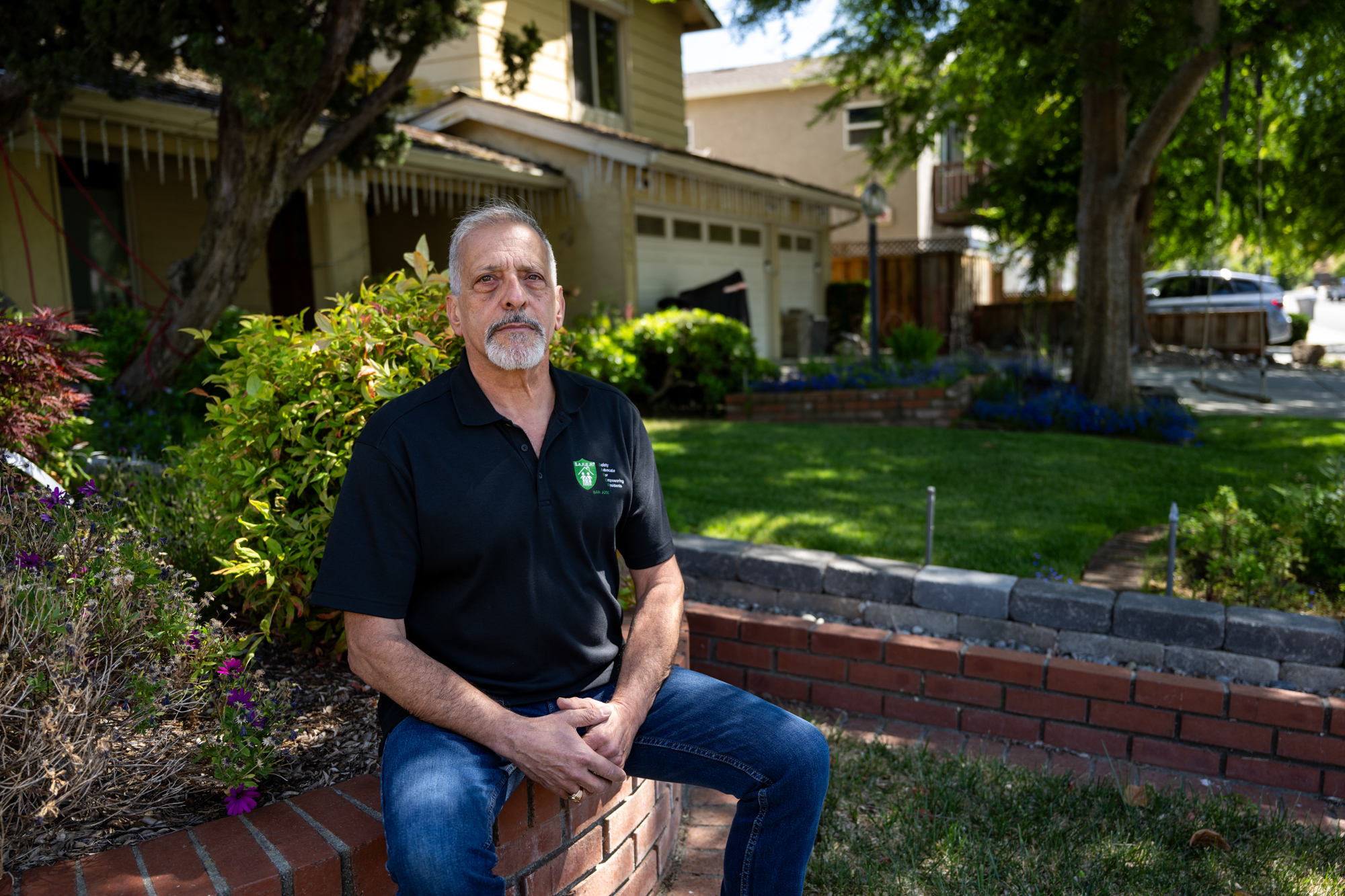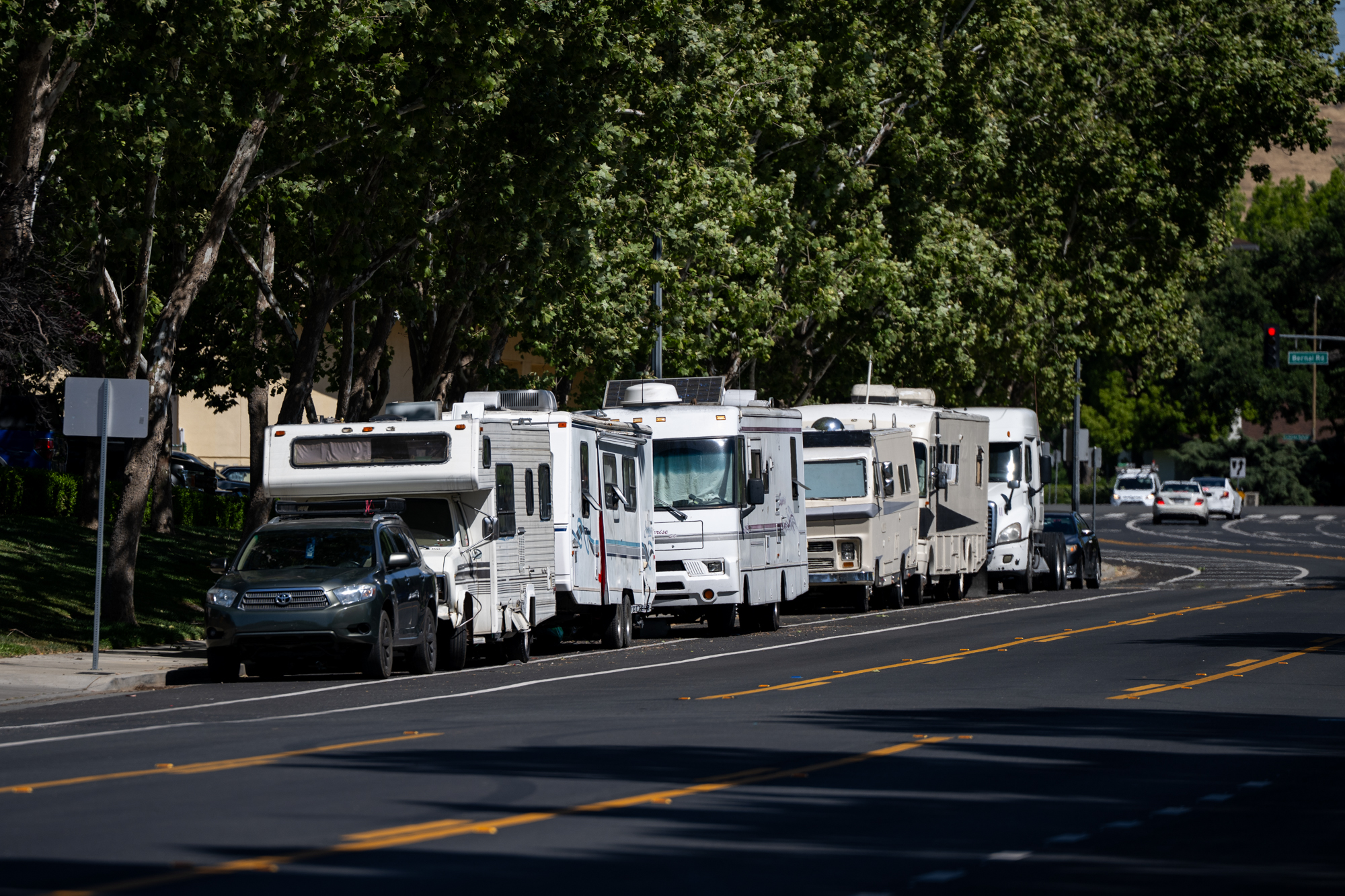If the person experiencing homelessness does appear for their arraignment, San José’s city attorney will ask that the case be referred to the county behavioral health court. The public defender might push back on the terms of a proposed treatment plan, or ask that the judge dismiss the case.
If placed in a diversion program, the unhoused person could be connected to therapy, treatment or counseling. But judges, lawyers and service providers who work in the county’s diversion system all agreed: without housing, treatment will fail.
“We don’t have enough housing beds for people in this county,” Silver said. “We don’t frankly have enough mental health beds for people in this county, and we don’t have enough substance abuse beds and treatment for people in this county.”
The public defender’s skepticism has been echoed by top Santa Clara County brass. In a May 12 letter addressed to San José leaders, Board of Supervisors President Otto Lee, District Attorney Jeff Rosen, Sheriff Robert Jonsen and County Executive James R. Williams called the potential homeless arrests “unnecessary and ineffective.”
“At a time of tremendous budgetary challenges, City policies should not divert limited public safety resources to address what is ultimately a problem caused by the lack of affordable housing in our cities,” they wrote.
Mayor: Encampments ‘undermine’ support for housing
Two days after the letter was sent, newly elected District 10 Councilmember George Casey fired back against county leadership during a hearing on the city budget.
It is members of the city council, Casey argued, not the county government, who field the brunt of complaints from residents about persistent street homelessness.
“Most people don’t know who their county supervisor is or what the county is responsible for and we’re the ones that catch hell,” Casey said. “So they get to sit back in the cuts and do nothing and they’ve done nothing. And so the idea that we’re going to let that letter or whatever they are willing to do or not do dictate what we do is ridiculous.”
Casey is intimately familiar with the politics of homeless housing. Five of the city’s 13 interim housing communities lie along a stretch of Monterey Road that straddles District 10 and District 2.
As the council has approved more temporary housing projects in South San José, they have layered on incentives to ameliorate concerns from residents living near the sites: the no encampment zones within a two-block radius, first preference for beds to people experiencing homelessness in the immediate area and a Community Advisory Committee to solicit feedback from nearby residents after the housing opens.
Issa Ajlouny leads the Community Advisory Committee for the recently opened Via del Oro interim housing complex. The site has been open for less than two months, but Ajlouny said he has already fielded complaints from neighbors about lingering encampments, fires and reported thefts.

“I feel like I’m the mediator,” he said. “I’m trying to be the person that says, ‘Hey, neighborhood, we need to be good neighbors to [the unhoused] and try to help them, our tax dollars are going towards it, we might as well do that.’ But in turn, we needed to be treated as good neighbors … and that actually is not happening right now.”
Ajlouny wants to see tougher enforcement and larger no-encampment zones — and he supports the Responsibility to Shelter plan, which would be enforced primarily in neighborhoods like his, near interim housing sites.
The message from the city when Via del Oro was approved was “We’ll throw you a bone,” Ajlouny said. “And the bone hasn’t landed yet.”
San José is operating more than 1,200 temporary units with on-site services — including private rooms and prefabricated apartments in tiny home villages, converted motel rooms and parking spaces for RVs. More than 500 additional shelter spaces are expected to open later this year.
A 2023 KQED analysis found that neighborhood fears about the city’s first five interim housing sites never came to pass. But Mahan believes that the future of homeless housing in San José is predicated on residents like Ajlouny seeing meaningful improvements in their neighborhoods.
“We can’t do that if 10%, 20%, 30% of people are saying, ‘No thanks, I want to stay right here, continuing with my lifestyle in my tent,’” Mahan said. “It completely undermines the rationale for the work and the political support that the community is willing to give to these efforts.”
‘We haven’t necessarily solved the problem’
In early March, a parking lot for RV-dwellers opened on Berryessa Road in north San José, with on-site bathrooms and showers, along with case managers and hot meals.
The opening was preceded by months of messaging, both to people staying in their vehicles nearby and people living in the neighborhood, that RVs would be cleared from the area once the safe parking lot launched.
Councilmember David Cohen said there were about 20 RVs on nearby streets when the site opened. A month later, about half remained. Now, the streets are clear.

“People who moved in early went back, and spoke to some of the people they knew on the [streets] and said ‘Actually it’s a pretty nice place,’” Cohen said. “As we build more of these sites and people see how they work, I believe more and more people will be accepting of the service and fewer will be service-resistant.”
But the story didn’t end with the cleared streets.
“Now we have another street a couple blocks away that has RVs on it that didn’t before,” Cohen acknowledged.
Cohen said he’ll wait for any amendments to the Responsibility to Shelter plan on Tuesday before making a final decision on his vote.
He agrees with the mayor that the city can’t wait until there is a bed available for every unhoused person in San José before clearing tents or lived-in vehicles — that there’s value in showing neighborhoods that new shelter sites will come with clean streets.
“But we have to understand that when we don’t have enough beds for everybody, we haven’t necessarily solved the problem,” he said. “We’ve just moved the problem.”


